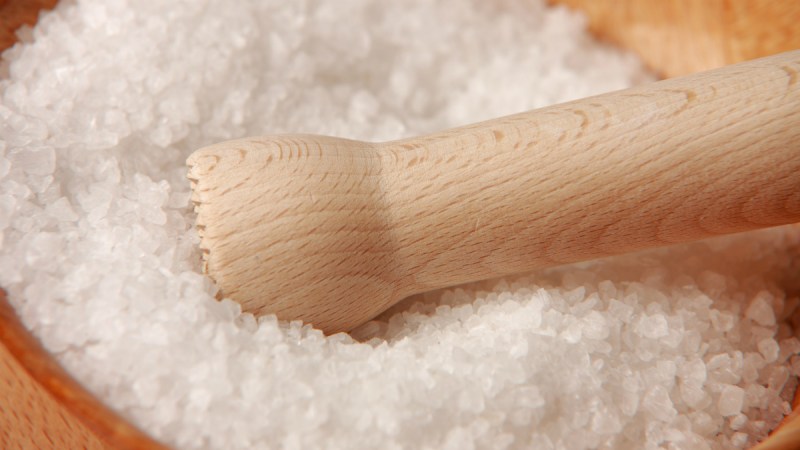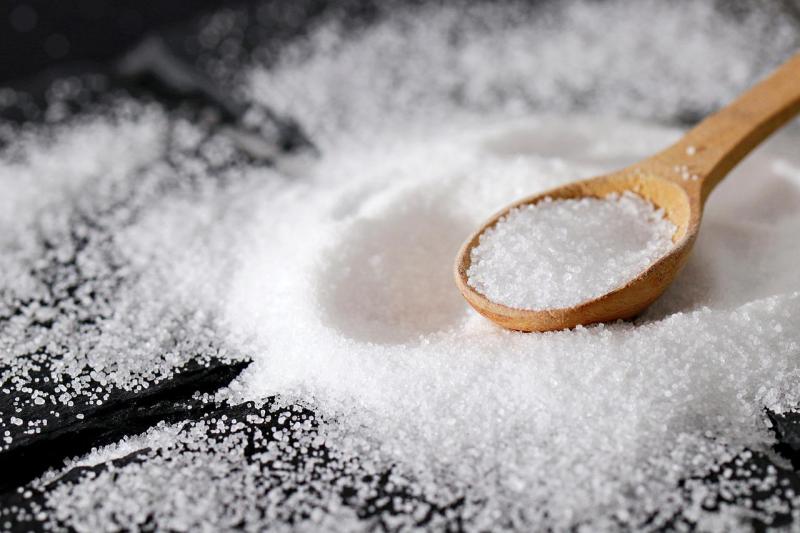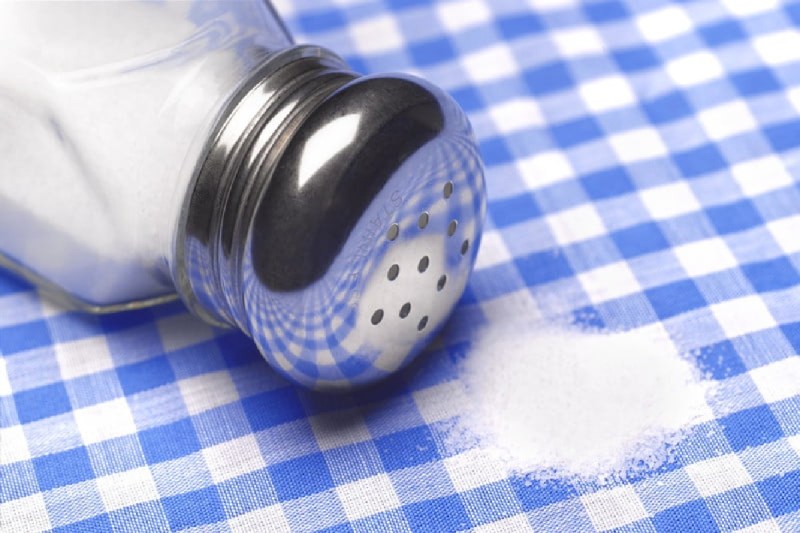Salt is the single-most important item a cook has in the kitchen, followed only by a sharp, trusty chef’s knife. The sad truth, though, is that salt is also one of the most misused ingredients around. With the power to elevate everyday, humdrum dishes into masterpieces and turn mundane ingredients into savory temptations, this little crystal is more powerful than any others you may find in a new-age shop.
Though we won’t excuse them, there are lots of reasons for our misuse of salt, and it’s time we turn our behavior around. By understanding what we’ve done wrong, we can move forward with self-awareness, newfound knowledge, and healthy boundaries. Salt, we promise to do better.
The first step on our road to reconciliation is understanding our fears. Not without reason, to be sure, we’ve been taught to view sodium as an enemy and a health hazard. There are certainly those out there who should be monitoring their salt intake. Cutting back on high-sodium drinks and snack foods is a smart start to reducing sodium and a good choice for optimum health overall. But if we’re honest, properly seasoned, home-cooked food is very seldom the problem.
Another common fear is over-salting food, so we tend to overcorrect and err on the side of blandness. This fear likely stems from the old habit of using table salt instead of kosher salt. So how do we fix that?

What is the difference between salt and kosher salt?
Regular salt, also known as iodized or table salt, is the fine crystal variety you find in salt shakers — and in our opinion, that’s where it belongs. Trap it in there and never let it escape. Unless, you know, you’re making salt dough ornaments with your kids or something. Look, we know people have been using this salt for ages, but it’s time to make the transition to kosher salt.
If you’re wondering what “iodized” means, you’re in good company. Iodine has been added to salt since the 1920s as a way to combat iodine deficiencies. It’s a wholesome idea, to be sure, but not worth the artificial off-putting taste this salt provides. The taste of table salt is stronger, harsher, and more chemical than kosher salt.
Because of its potency, it’s very easy to over-season your food when using this version. If you read “1 tablespoon kosher salt” in a recipe, do not use a tablespoon of iodized as a substitution unless you want to end up with a dish that tastes like a salt lick. This old-fashioned ingredient has some useful household purposes, but cooking shouldn’t be one of them.
Kosher salt, on the other hand, is a larger crystal variety that is generally not iodized. Easier to work with and more natural tasting, kosher salt is a much better alternative for your kitchen counter. It’s also much more fun to add kosher salt to food when you’re cooking. Reaching into a cool little salt cellar and letting the salt rain down into your dish from your expert fingers will bring out your inner Food Network Star.

Should you add salt when cooking?
People often wonder when during the cooking process they should be seasoning their food. The short answer is this: Season mostly in the beginning stages of cooking, adding as needed throughout the process. If, for example, you’re making a soup that first requires vegetables to be sautéed, season the vegetables as they cook before adding other ingredients like stock. This will give the salt time to penetrate through the ingredients, flavoring them completely and evenly. If salt is added at the end of cooking — or worse, once the dish has been plated — it has almost no time to do anything but give your tongue an artificial-tasting coating of salt before the food reaches your palate.

How do you know how much salt to use?
If you haven’t been cooking for a long time or you’re a sucker for strict recipes and want to know exact quantities of every single last ingredient, this is probably a frustrating issue for you. Admittedly, I’ve received quite a few eyerolls when asked for a recipe because my answer usually sounds something like “season to taste” or “just add a little of this or that”.
Here’s the thing: There are too many factors to give a definitive answer. Every palate, every dish, and every salt brand is different. However, here are some very rough guidelines, if this makes you more comfortable.
- 1-2 teaspoons kosher salt per pound of meat
- 1 1/2-3 teaspoons kosher salt per 4 cups of soups or sauces
- 2-3 teaspoons kosher salt per 4 cups of water (for blanching vegetables or boiling pasta)

Is Morton salt better than Diamond Crystal?
These two popular brands both offer kosher salt, but the two products can’t always be used interchangeably. This is because, depending on the recipe, volume can make a big difference, and these two salts are quite different in terms of size. The difference in crystal size is due to the different processing of the two brands. Morton kosher salt is processed by being crushed under high-pressure rollers. The process for Diamond Crystal salt is entirely different, as that company uses a pan-evaporation technique. Diamond Crystal’s process creates a crystal that’s about twice the size of a Morton salt crystal.
So why does this matter? Just as table salt is more concentrated than kosher salt due to its smaller crystals, Morton kosher salt is more concentrated than Diamond Crystal for the same reason. This certainly doesn’t make one brand better or worse than the other; they’re simply different. If you’re looking for a more potent, concentrated salt, Morton is the way to go. If you’d prefer a bit more forgiveness in your cooking and less fear of over-seasoning, Diamond Crystal is the kosher salt for you.



